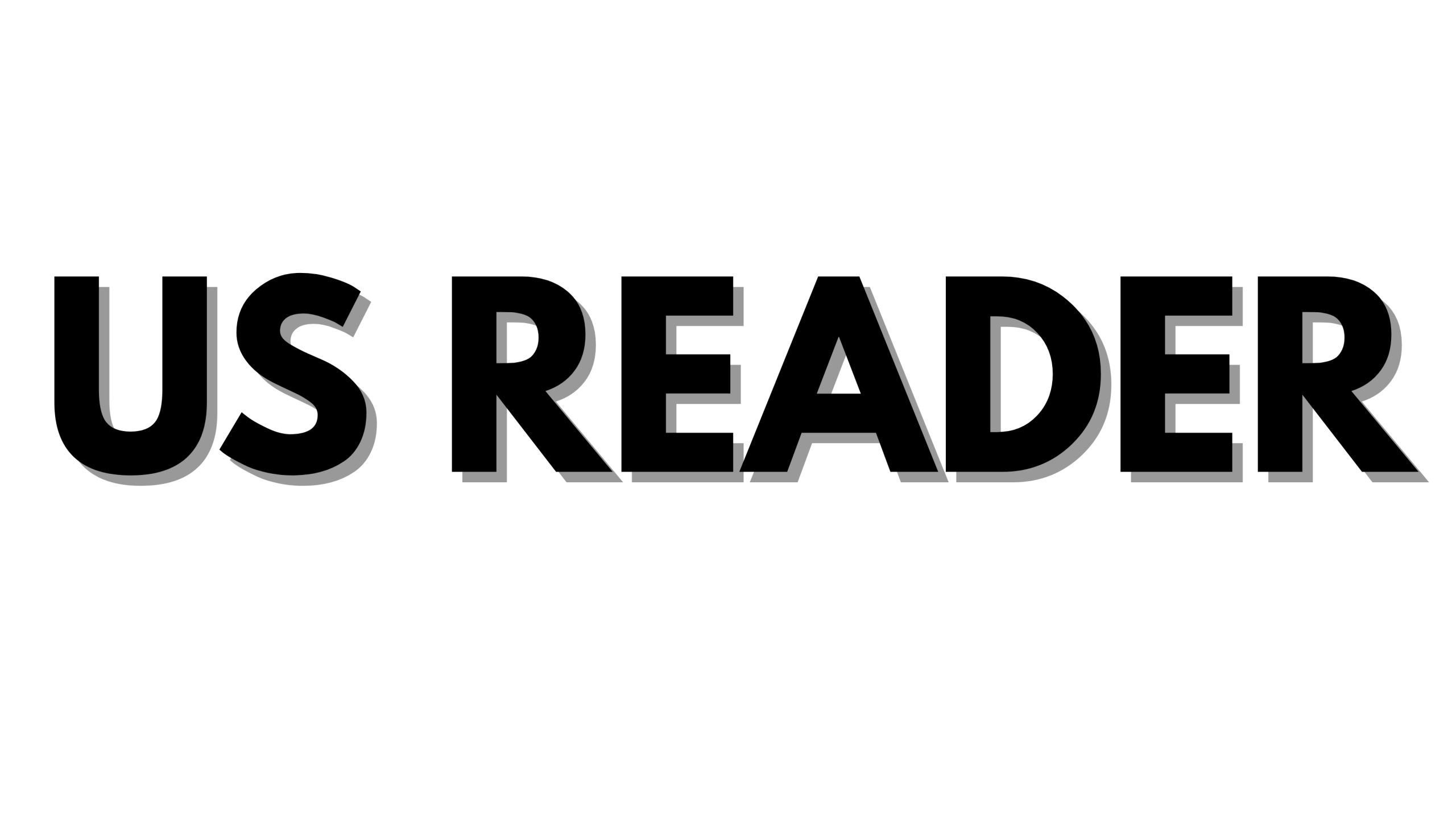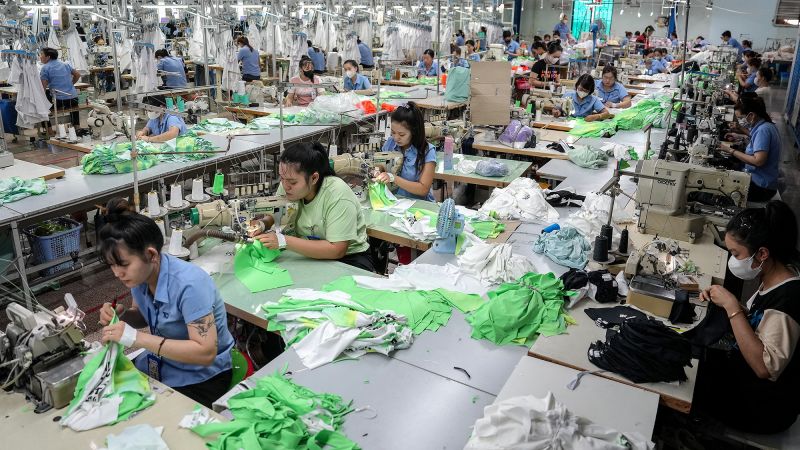President Donald Trump announced on Wednesday that the United States has reached a trade agreement with Vietnam, a significant achievement for his administration just ahead of a self-imposed deadline on July 9. Despite this announcement, the broader landscape of global trade remains uncertain.
“I just made a Trade Deal with Vietnam,” Trump stated in a post on Truth Social. He provided further details in a subsequent post, revealing that the U.S. will impose a 20% tariff on Vietnamese exports and a 40% tariff on goods transshipped through Vietnam. U.S. Commerce Secretary Howard Lutnick clarified on X that the transshipping tariff applies when products from other countries are sold through Vietnam to the U.S.
The 20% tariff doubles the existing minimum rate applied to goods from Vietnam and other nations. “In return, Vietnam will do something that they have never done before, give the United States of America TOTAL ACCESS to their Markets for Trade,” Trump added. He emphasized that this means the U.S. will be able to export to Vietnam with zero tariffs.
It remains unclear whether the deal is finalized or if Vietnam has fully agreed to Trump’s terms. Việt Nam News reported that General Secretary Tô Lâm spoke with Trump on the phone to negotiate the specifics of the deal, which the outlet described as a framework. The Vietnamese embassy in the U.S. has not responded to inquiries from CNN.
During their call, Lâm suggested that the U.S. should soon recognize Vietnam as a market economy and lift export restrictions on specific high-tech products, according to the report.
In recent months, Trump has claimed that many nations are eager to negotiate trade deals with the United States. However, as the July 9 deadline approaches, when a 90-day suspension on reciprocal tariffs expires, there has been little evident progress. If the previously announced tariffs take effect, they could reach as high as 50%, potentially disrupting financial markets and business strategies.
Tariff rates on Vietnamese imports were set to increase to a minimum of 46% if the tariffs Trump announced in April were enacted. The administration’s tariffs on Vietnam were among the steepest.
As of now, the White House has not released any documents detailing the terms of the trade agreement. U.S. Deputy Treasury Secretary Michael Faulkender indicated on CNBC that a press release would likely be available by the end of Wednesday’s trading day, typically around 4 p.m. ET. He did not clarify whether the new 20% tariff would be in addition to the existing 10% tariff on goods from Vietnam or whether it would replace it.
The volume of imports from Vietnam surged as tariffs on China increased. In the past year, Vietnam ranked as the sixth-largest source of goods for the U.S., sending $137 billion worth of products—a figure that has more than doubled since five years ago, according to data from the U.S. Commerce Department. Concurrently, the trade deficit with Vietnam reached $123 billion last year, the third-largest deficit the U.S. had with any country, up from $56 billion in 2019.
Trump has voiced particular concern over nations with large and ongoing trade deficits with the U.S., viewing these as signs of unfair trade practices, which has prompted his administration to impose significant reciprocal tariffs.
Vietnam has also profited from the higher tariffs imposed on Chinese products that were maintained by President Joe Biden. This shift has encouraged many companies to relocate their production to Vietnam, which offers lower tariff rates. Notable imports from Vietnam include computers, electronics, apparel, and furniture, with Vietnam rapidly becoming a key competitor to China in these sectors.
Following Trump’s announcement, shares of companies reliant on Vietnamese manufacturing, such as Nike (NKE), Lululemon (LULU), and Columbia Sportswear (COLM), saw immediate gains. By 3 p.m. ET, Nike and Columbia Sportswear had increased by 4.2% and 1.3%, respectively, while Lululemon fluctuated between gains and losses but was up 0.7%. VF Corporation (VFC), owner of The North Face and Vans, advanced by 1.5%.
The S&P 500 rose by 0.38%, setting an intraday record, while the tech-heavy Nasdaq Composite climbed by 0.82%. The Dow Jones Industrial Average dipped by 0.1% but later reduced its earlier losses following Trump’s announcement.
This story is developing and will continue to be updated.












